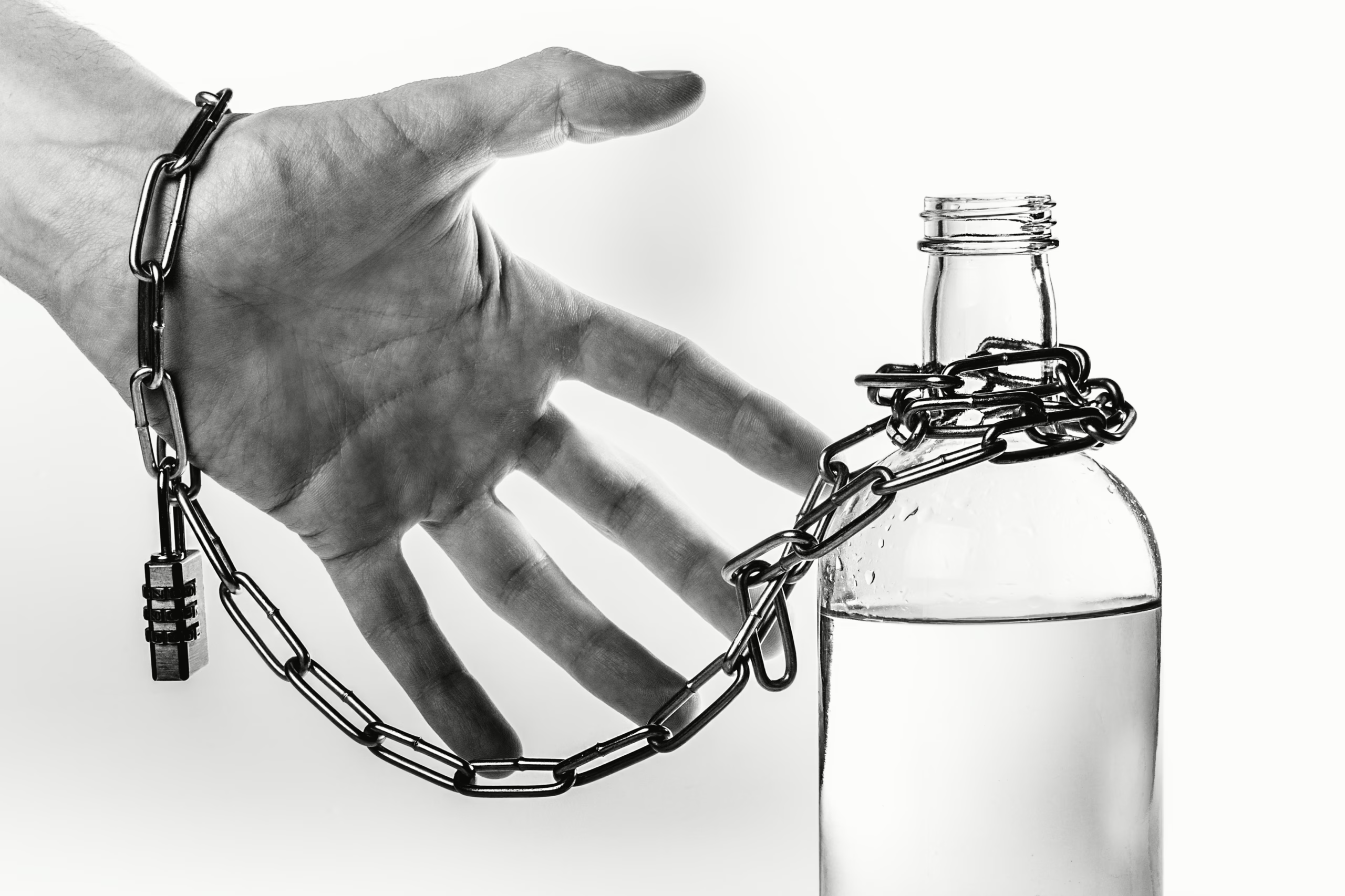If you’re looking to quit drinking, there are two main options: tapering off alcohol or quitting alcohol cold turkey. Both approaches potentially get you to the same place: zero alcohol quitting drinking, but tapering off involves slowly reducing the alcohol you consume over time until you’re no longer drinking. Some people find it easier to taper than to quit cold turkey; others prefer picking a date and quitting outright.
What is Tapering Off Alcohol?
For some, the safest way to quit drinking is to taper off alcohol gradually. Reducing your alcohol consumption over days or even weeks gives your body time to adjust to living without the effects of alcohol. Tapering can also help reduce alcohol withdrawal symptoms, which can be severe depending on how much you’ve been drinking.
Drinking a little less is relatively common among people with physical alcohol dependence. In this case, the body slowly adjusts to life without the substance as you taper down. Tapering, rather than abruptly quitting drinking alcohol helps reduce uncomfortable withdrawal symptoms and prevent life-threatening complications. You might need medications to help ease any withdrawal symptoms that arise during tapering, again depending on how much you’ve been consuming until that point.
Pros of tapering off alcohol
- It’s potentially safer as you detox
- You will likely experience fewer and less intense withdrawal symptoms
- You can build on small successes on days when you drink less
- Small steps can yield big gains
Cons of tapering off alcohol
- Difficult to plan on your own
- Risk of relapse or reverting back to old drinking patterns
- Slower process of detoxing, with no guarantee of safety
- Still less alcohol has significant benefits, any alcohol impacts your body, mind and soul
What is Quitting Alcohol Cold Turkey?
Some people would rather just quit drinking completely – swearing off booze and quitting cold turkey. While that approach might seem easier and more complete, quitting cold turkey isn’t safe or practical for everyone, especially if you are drinking heavily, struggle with alcohol dependence or have a history of alcohol withdrawal.
Quitting cold turkey means you stop using alcohol all at once without any period of adjustment or replacement therapy. Understand that withdrawal symptoms can be highly uncomfortable and even dangerous. Symptoms of alcohol withdrawal include nausea, vomiting, shaking, headaches, and insomnia. Some people describe it as “the worst flu I have ever had X 10.”
These symptoms can last for several days or weeks depending on how much alcohol you drink regularly and the length of time you have been drinking excessively. While these symptoms are not life-threatening per se, alcohol withdrawal can include seizures, elevated blood pressure and heart rate and delirium – conditions that do require medical supervision.
If you drink two to three drinks per week, you can reasonably quit cold turkey without experiencing major withdrawal symptoms. However, tapering off alcohol may be the way to go if you drink heavily or have more than a few drinks per week.
So, which method of quitting is better?
The best way is quit drinking is the method that works for you. Still, it’s important to get some guidance and support from a health care professional or treatment center as you quit drinking. You’ll want accurate and current information on the alcohol withdrawal symptoms that you may experience during a detox period.
Alcohol withdrawal can be uncomfortable and dangerous. Due to the risk of seizures and other withdrawal symptoms, many people benefit from a stable environment provided by medical detox centers. In these facilities, healthcare professionals can keep an eye on your symptoms, keep you comfortable and use medications to help mitigate the effects of alcohol withdrawal symptoms.
Still, for those who don’t have an alcohol use disorder (AUD), avoiding alcohol altogether and quitting cold turkey might be the best way to quit drinking.
Here’s the bottom line: Choose the quit method that works best for you and seek help if you need it.










